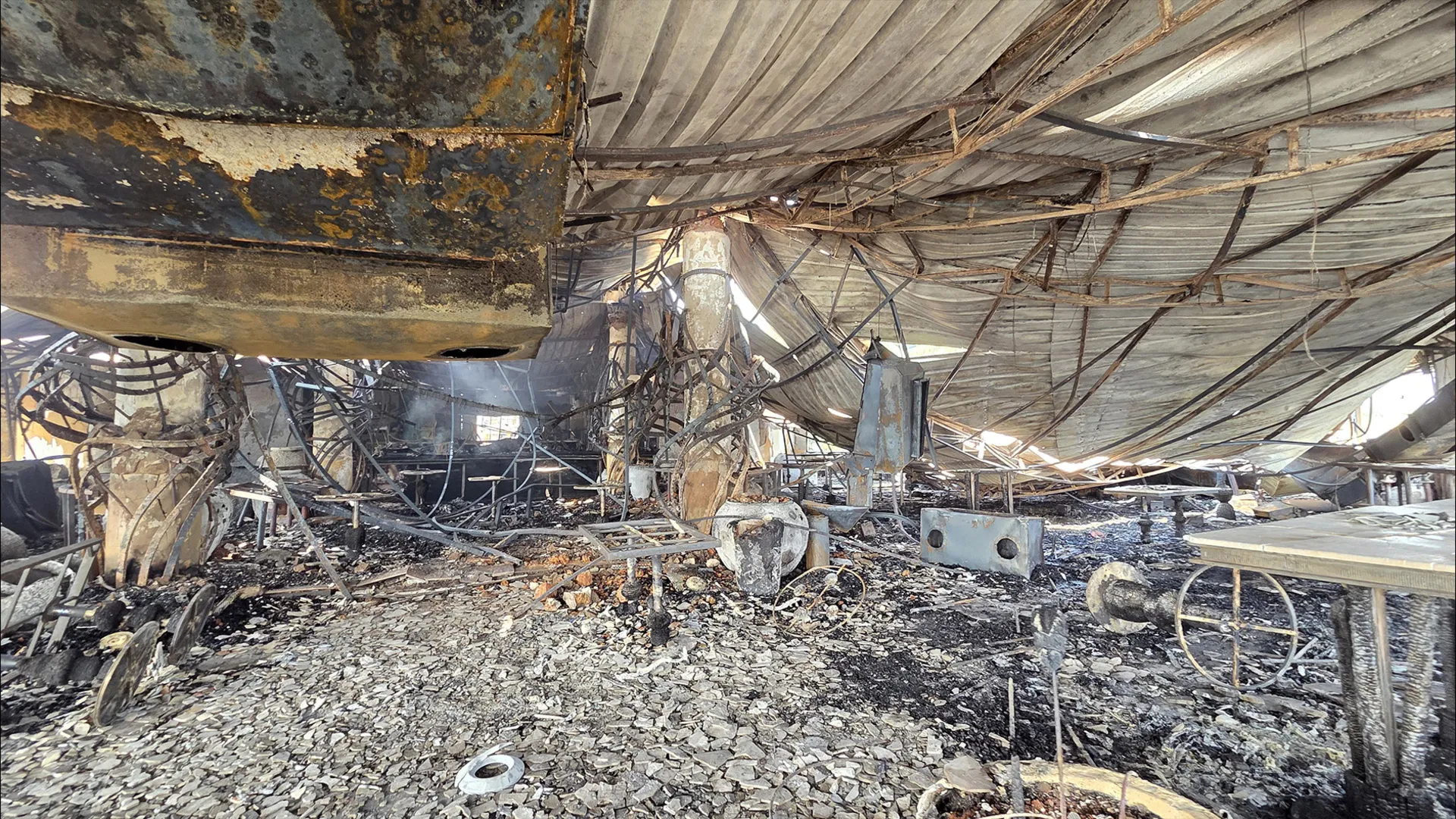India investigates Goa nightclub fire as relatives identify victims’ bodies | Crime
The moment a deadly fire broke out at a nightclub in Goa, India, was caught on camera. The blaze killed at least 25 people, including four tourists. Authorities are investigating safety violations and the venue’s operators.
Published On 8 Dec 2025
